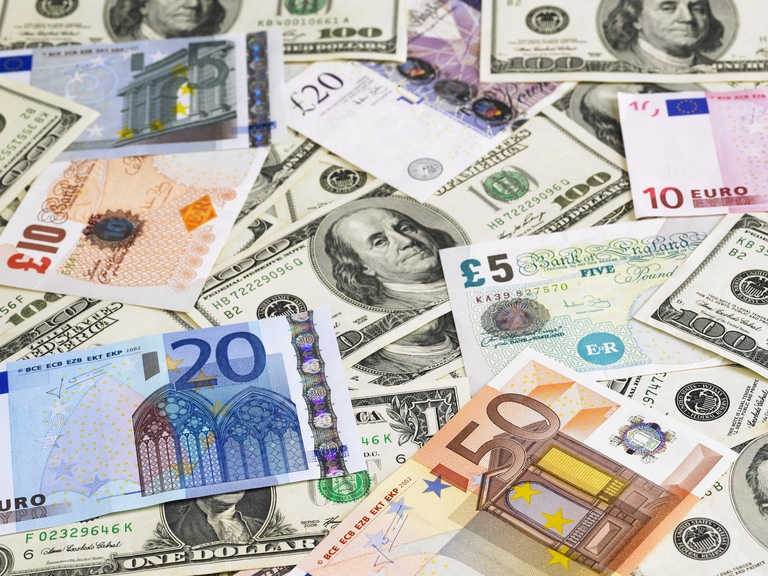European markets got off to a slow start to the week yesterday, finishing slightly lower, though the FTSE 100 outperformed, with sentiment subdued ahead of the resumption of debt ceiling talks later in the day.
US markets didn’t fare much better, with modest gains for the Nasdaq 100, which posted a new one-year high before slipping back, while the S&P 500 finished the day unchanged, while markets in Asia slipped back as debt ceiling talks began again.
In a similar pattern to last week, US treasury yields also edged back towards their highs of last week on the back of hawkish comments from St Louis Fed president James Bullard, who said he expected to see another two rate hikes this year, and Minneapolis Fed president Neel Kashkari, who gave a slightly more nuanced view, saying that it might be prudent to pause in June to evaluate progress, although it remained a close call. Kashkari did go on to add that rates might need to go to 6% if inflation is more persistent than expected.
Yesterday's caution looks set to carry over into a flat European open this morning, as we look ahead to European flash PMIs, as well as the latest UK public sector borrowing numbers. In March, the government's borrowing increase by £21.5bn, the second highest March figure since records began, as the curtain came down on a fiscal year where borrowing expanded sharply due to rising interest rates, and the energy price cap. Nonetheless the picture could have been worse with total borrowing for 2023 coming in at £139.2bn, significantly below some of the more pessimistic expectations that were laid out at the end of last year. But it was still £18.1bn higher than the previous year.
As we look ahead to today’s April numbers, the amount the government borrows on a monthly basis should start to come down now that the government is no longer contributing to consumers' monthly energy bills to the tune of £67 per month. Consensus forecasts are for borrowing to slow to £19.1bn in April.
One of the more notable trends we’ve seen in recent months has been an ongoing divergence between services sector activity and manufacturing activity. All across the board manufacturing PMIs have got progressively weaker, or have struggled with prices also falling back, while employment measures have been stagnating. Compare that to services sector activity which has been improving and has continued to do so into Q2, as falling energy prices help to free up disposable income and thus prompt a bit of a consumer rebound. The bigger question comes about how long this trend can continue, as we head into Q2, and although pricing pressures have been slowing, prices have still been rising, notably when it comes to wages.
In Germany services activity rose to a one-year high in April, as did France, while manufacturing slipped further into contraction. UK numbers exhibited similar traits, with strong services, and weak manufacturing. Will this continue in May, or are we at risk of a pullback when it comes to services when the data is released later this morning?
Expectations are for manufacturing activity to improve modestly across the board with France, Germany and UK readings forecast to come in at 46, 45 and 48 respectively. Services on the other hand are expected to slow modestly to 54, 55 and 55.3, with the extra bank holiday in May potentially acting as a drag on UK activity.
EUR/USD – continues to struggle near to the 1.0840 area for the time being. We need to see a move through 1.0840 to target a return to the 1.0920 level. Still have support at the 1.0760 area, with a break below 1.0760 targeting a potential move towards 1.0610, with initial support at 1.0710.
GBP/USD – still finding support just above the 1.2370/80 trend line support from the October lows last year. Resistance currently all the way back at 1.2540. Below 1.2360 opens the potential for a move back towards 1.2270.
EUR/GBP – finding resistance just below the 0.8740 area and the 200-day SMA, while holding above the May low at 0.8660 key support. A move below 0.8650 could see a move towards 0.8620.
USD/JPY – finding support just above the 200-day SMA at 137.00. While above here the risk is for a move towards 139.60 which is a 50% retracement of the down move from the recent highs at 151.95 and lows at 127.20. A fall below 136.80 targets a return to 135.60.






